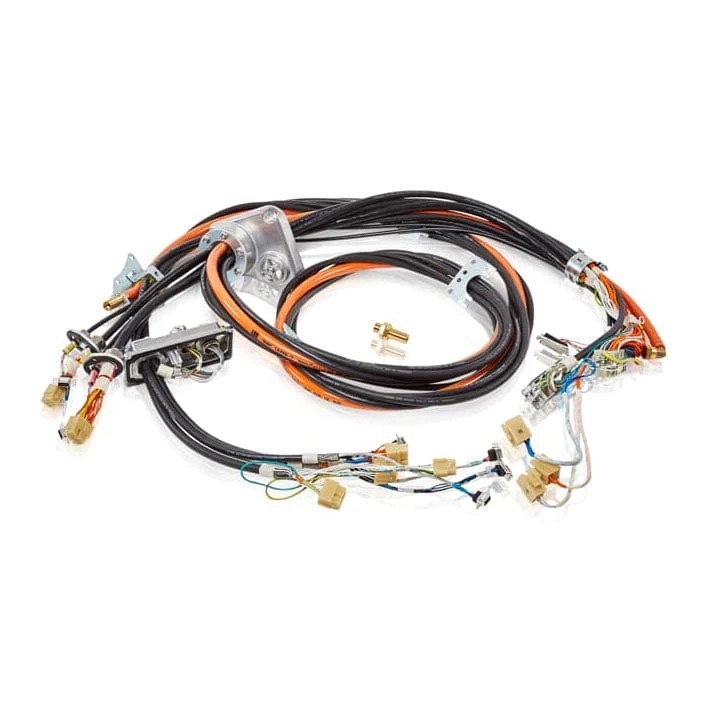

关于ABB的通讯模块、冗余系统、SIS模块和过程监控模块,以下是一些基本的介绍:
请注意,以上介绍是基于一般性的ABB产品和解决方案的描述,具体的模块和功能可能因产品型号和配置的不同而有所差异。
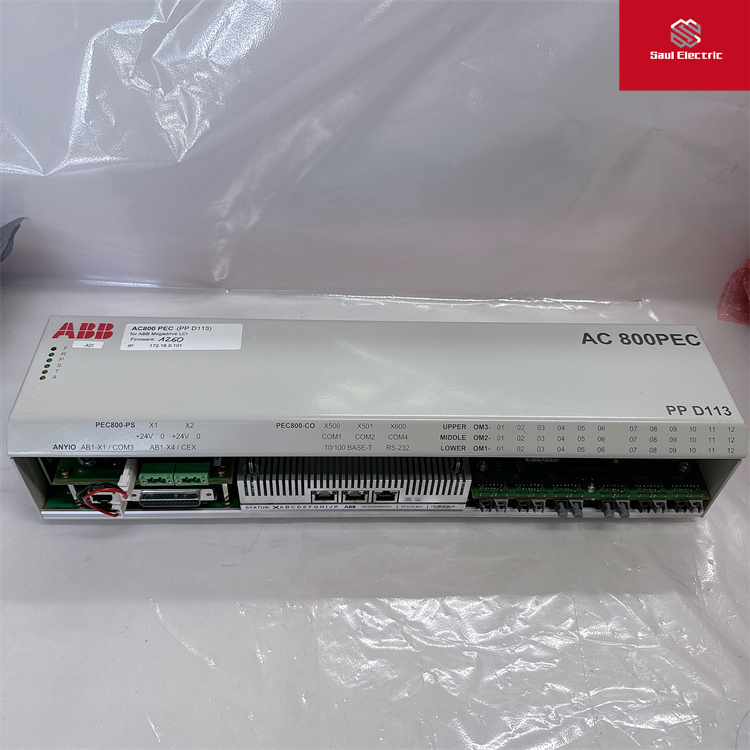
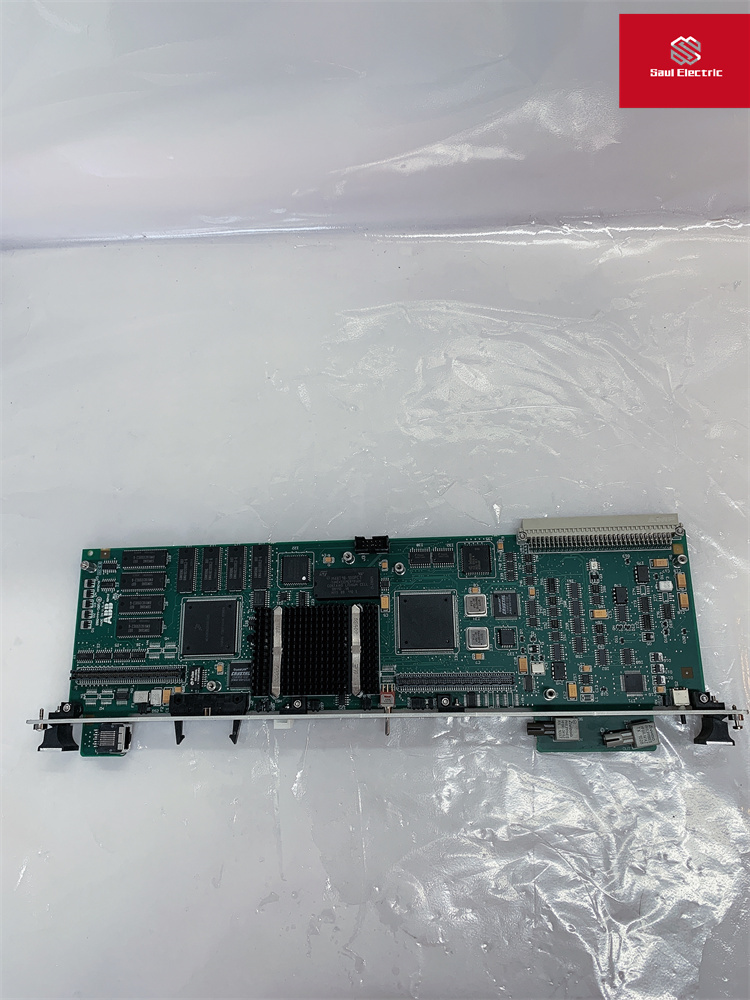
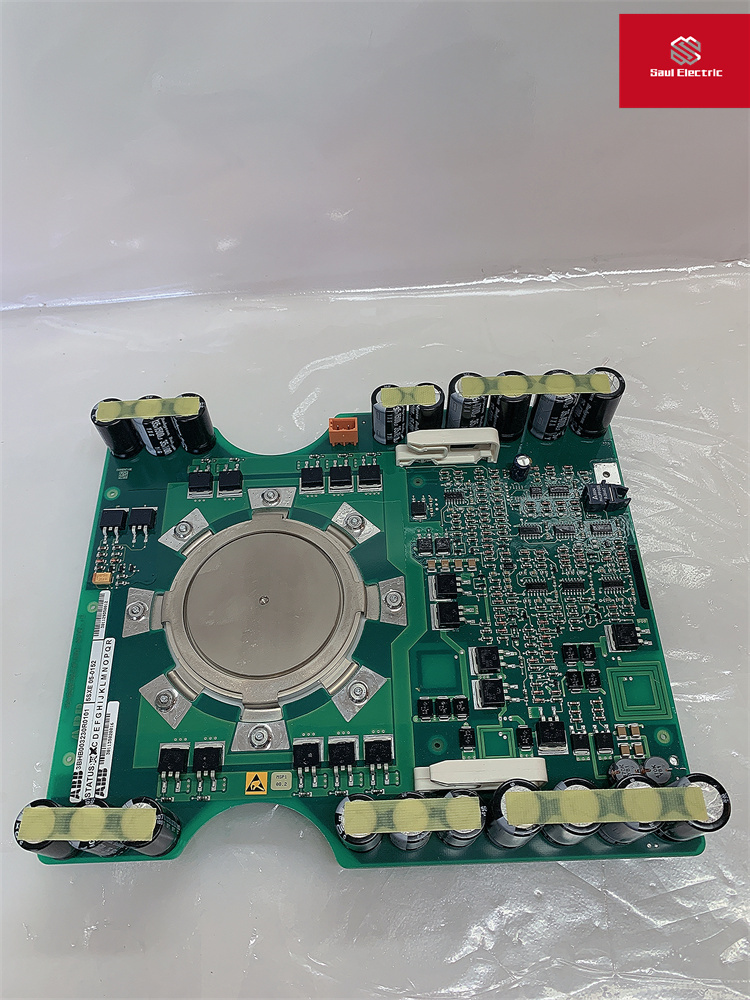
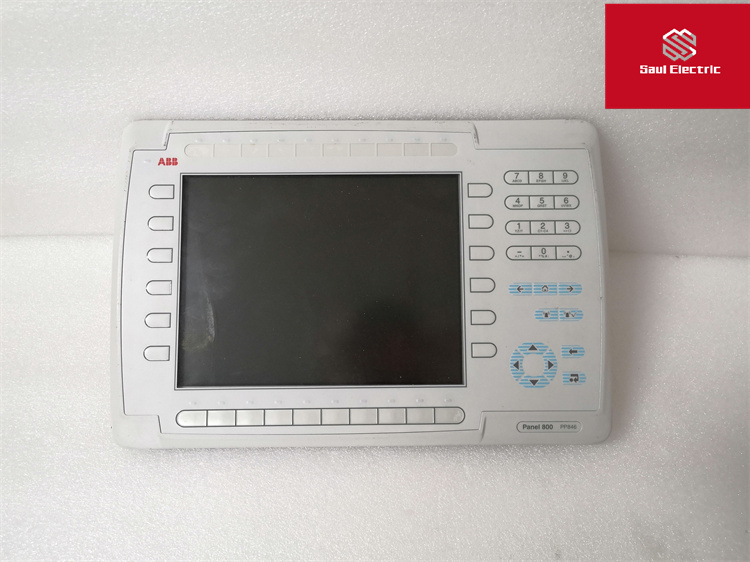
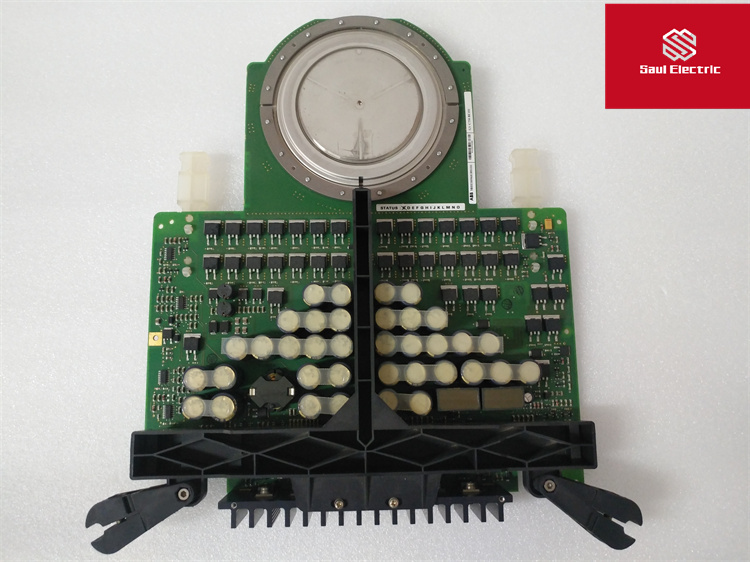
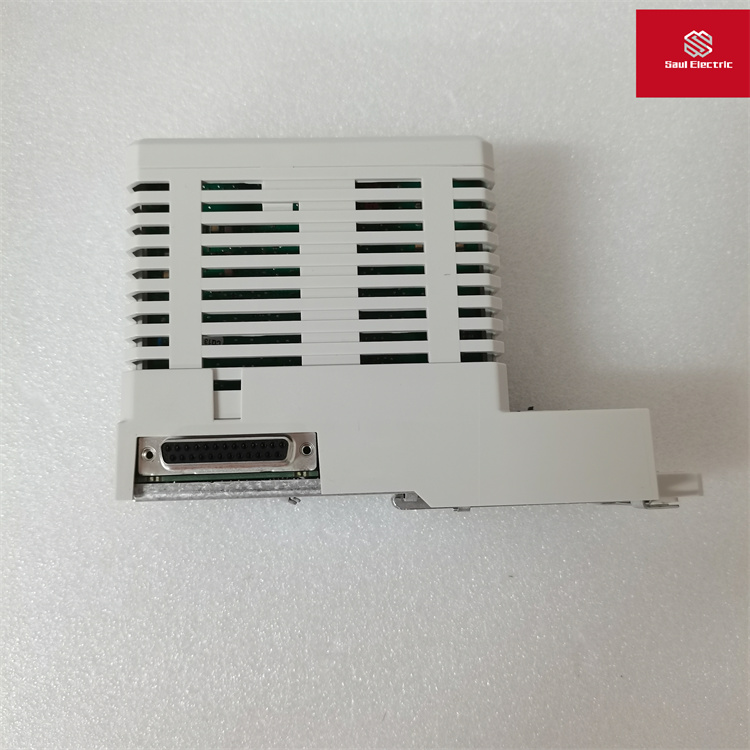
Regarding ABB's communication module, redundant system, SIS module, and process monitoring module, the following are some basic introductions:
ABB communication module:
Function: ABB's communication module, such as CI858-1, is mainly used to achieve data communication between different devices, controllers, sensors, actuators, etc. These modules can be connected to various communication networks, such as Ethernet and fieldbus (such as Profibus, Modbus, etc.), to achieve data transmission and integration.
Communication protocols: Communication modules typically support multiple communication protocols to communicate with different types of devices. The specific list of supported protocols can be found in the official documentation.
Data transmission: The communication module allows for bidirectional transmission of data between different devices, including sensor data, control commands, status information, etc.
Configuration and monitoring: The configuration and monitoring of communication modules are usually carried out through the interface of engineering tools or control systems. Configuration may involve setting communication parameters, protocol settings, etc.
ABB redundant system:
Redundant configuration: ABB's PLC supports redundant configuration to improve system reliability and fault tolerance. Redundant configuration usually includes two modes: hot backup and cold backup.
Hot backup mode: When the main PLC fails, the backup PLC can immediately take over control tasks to ensure the continuous operation of the system. The main PLC and backup PLC are connected through a network to synchronize data and programs in real-time.
Cold backup mode: The standby PLC is in standby mode and will only start when the main PLC fails. In this mode, there is no real-time data synchronization between the main PLC and the backup PLC, and manual switching to the backup PLC is required after the main PLC fails.
SIS module (safety instrument system module):
Function: The SIS module is a part of the safety instrumented system, used to monitor and control key parameters in industrial processes to ensure safe operation of the process.
Features: SIS modules usually have high reliability and fault safety, and can quickly take safety measures in the event of system failures to avoid accidents.
Application: SIS modules are widely used in industries such as petroleum, chemical, and power, and are of great significance for ensuring production safety.
Process monitoring module:
Function: The process monitoring module is used for real-time monitoring and management of industrial processes, ensuring process stability and optimized operation.
Features: The process monitoring module usually has powerful data collection, analysis, and display functions, which can monitor key parameters in real-time during the process and provide alarm and event recording functions.
Application: The process monitoring module has a wide range of applications in the field of industrial automation, and can be used for production process monitoring and management in industries such as chemical, pharmaceutical, and food processing.
Please note that the above introduction is based on a general description of ABB products and solutions, and the specific modules and functions may vary depending on the product model and configuration.
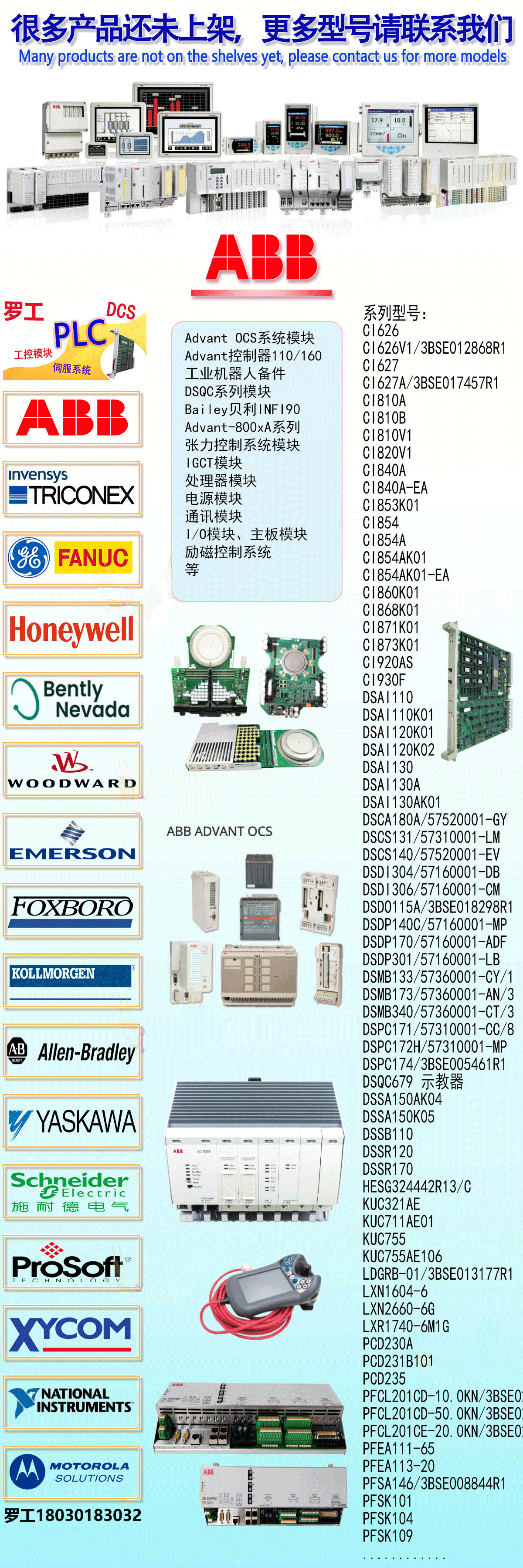


18030183032


